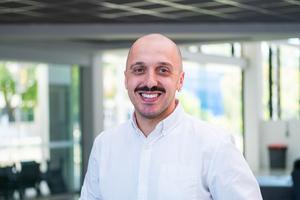Overview
- Caruana’s team pinpointed that a gaze pattern of object→eye contact→object most effectively signals a request for help.
- Participants interpreted the sequence equally when it was displayed by human or robotic avatars during a block-building task with 137 volunteers.
- Published in Royal Society Open Science, the study shifts focus from static eye cues to the temporal context of gaze in conveying communicative intent.
- Follow-up experiments are probing how gaze duration, repeated looks and perceived agent identity further refine models of nonverbal signaling.
- Insights are being embedded in prototypes across education, manufacturing and support programs for hearing-impaired and autistic individuals to create more intuitive help-request interactions.

